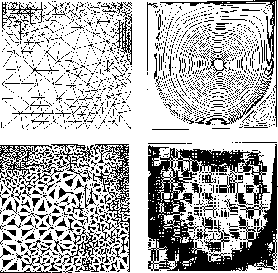
Figure 10.10: Results for Square Cavity Problem with Reynolds Number 1000





With velocity approximated by quadratic, and pressure by linear Lagrangian elements, we found that both the Stokes and nonlinear solvers converged in three to five iterations. We ran the square cavity problem as a benchmark.
To reach a steady-state solution, we adopted the following strategy: With a coarse mesh, keep advancing simulation time until the velocity field no longer changes, then refine the mesh, iterate until the velocity stabilizes, refine, and so on. The refinement strategy was as follows. The velocity is approximated with quadratic elements with discontinuous derivatives, so we can calculate the maximum of this derivative discontinuity for each element, then refine those elements above the 70th percentile of this quantity.
Figure 10.10 shows the results. At top left is the mesh after four cycles of this refinement and convergence , at Reynolds number 1000. We note heavy refinement at the top left and top right, where the boundary conditions force a discontinuity in velocity, and also along the right side where the near discontinuous vorticity field is being transported around the primary vortex. Bottom left shows the logical structure, split among four transputers. The top right and bottom right show streamlines and vorticity, respectively. The results accord well with the benchmark of [Schreiber:83a].

Figure 10.10: Results for Square Cavity Problem with Reynolds Number 1000